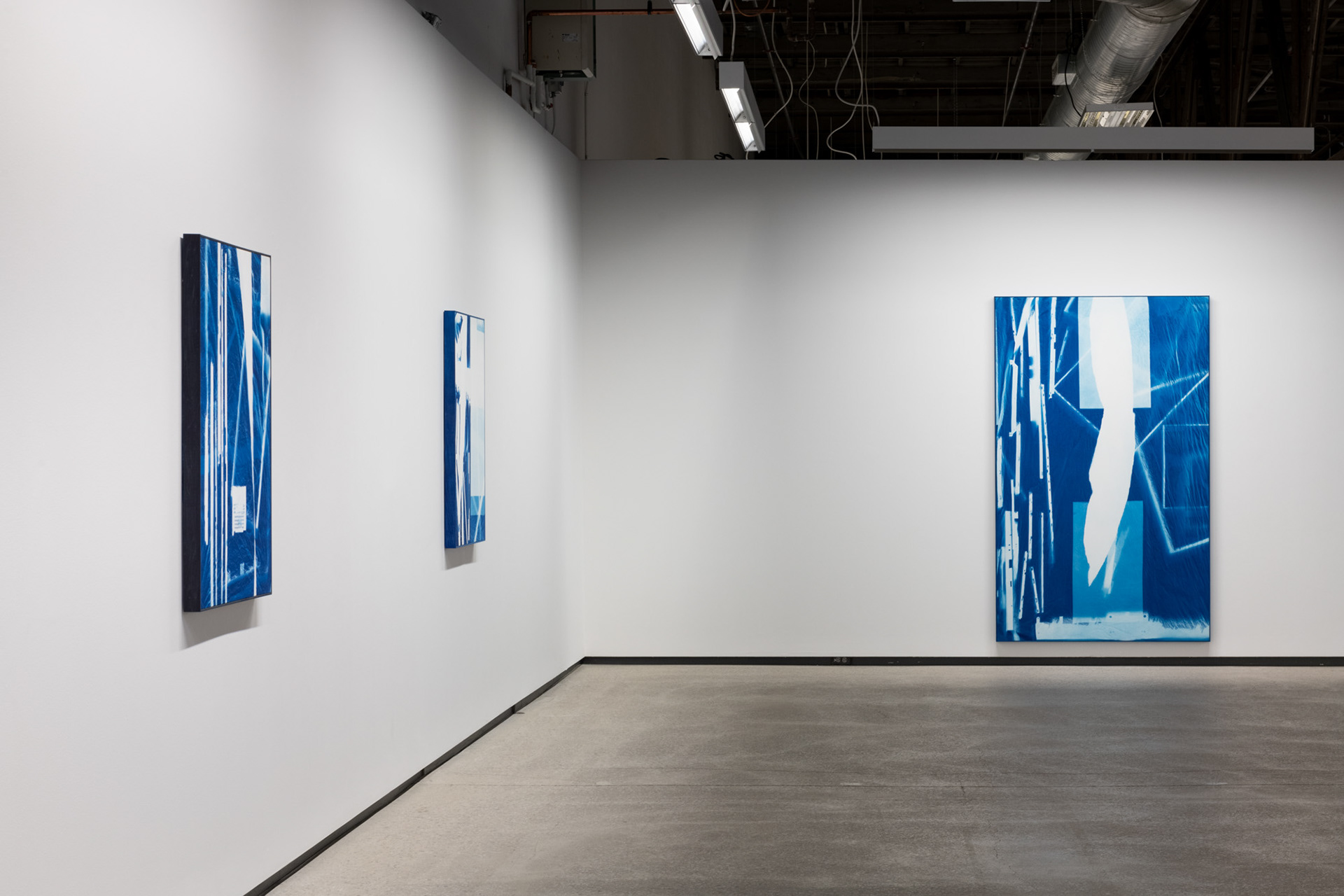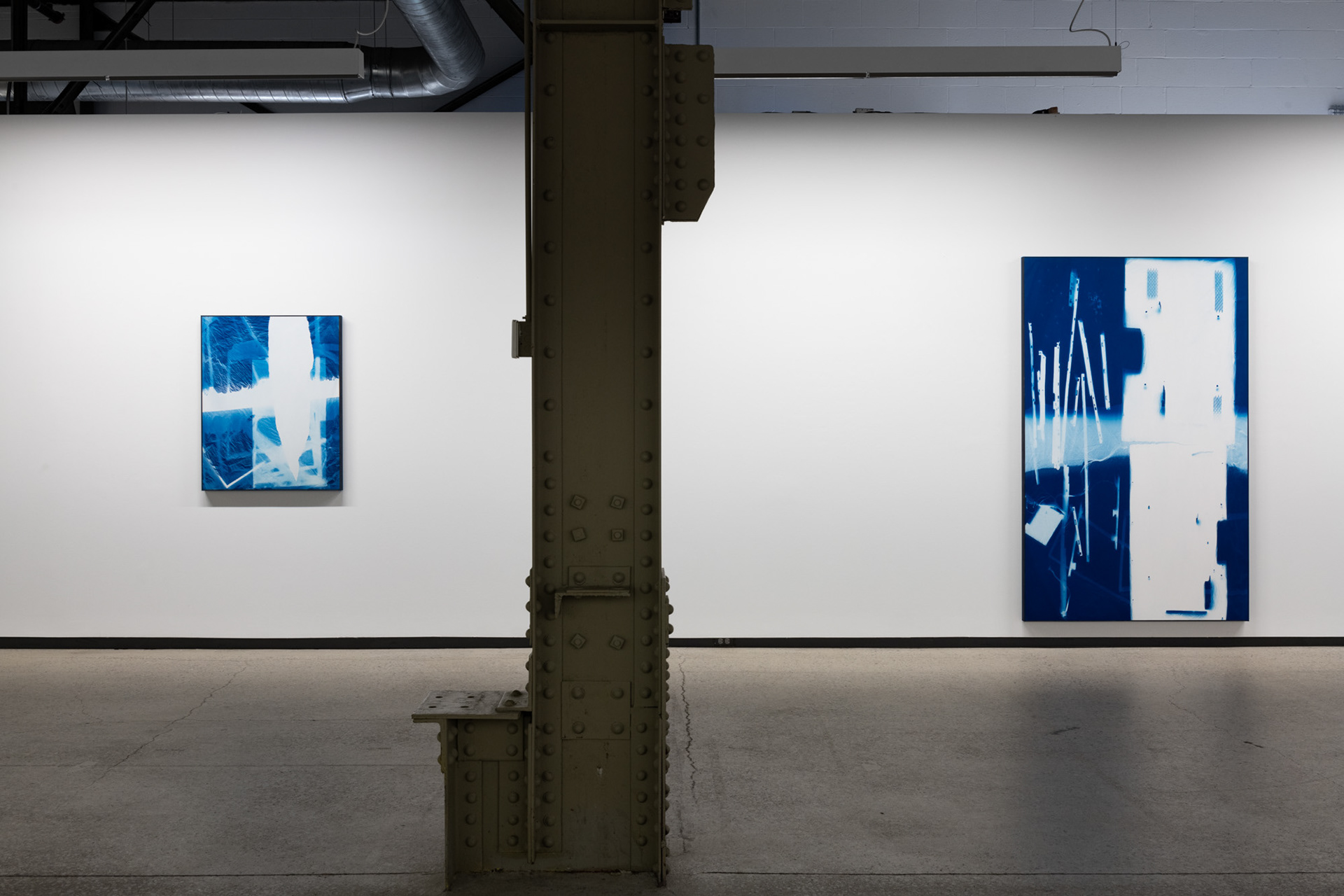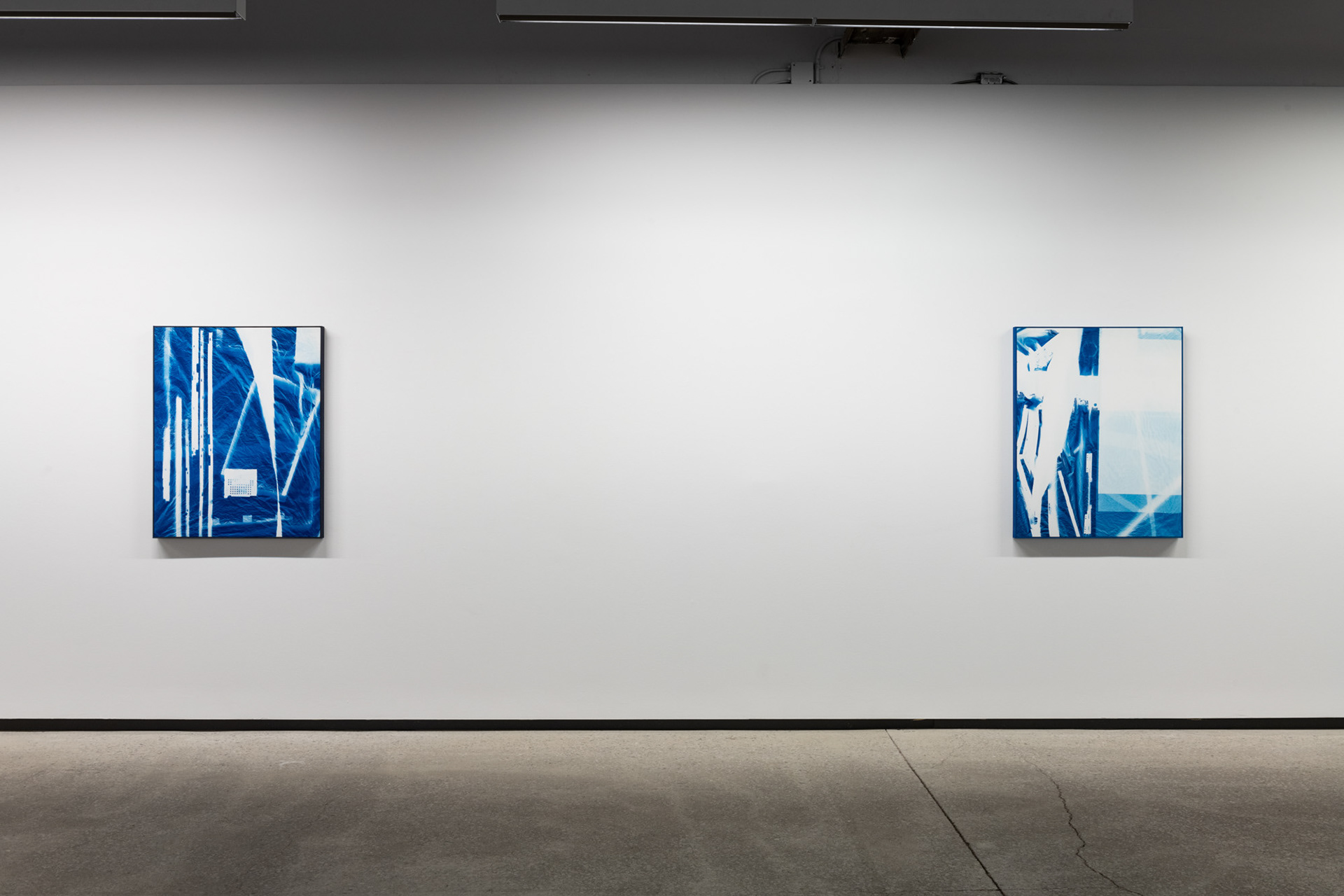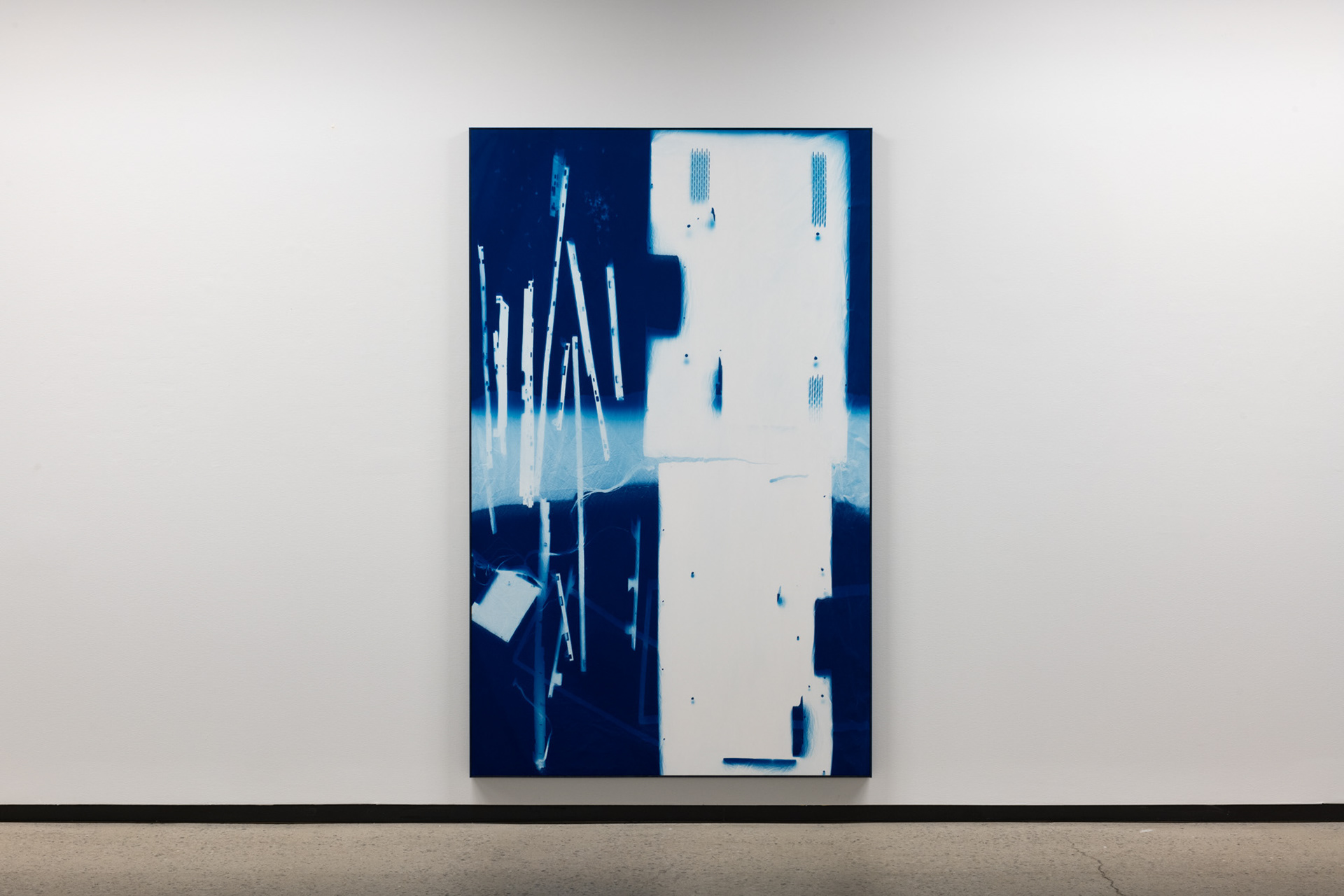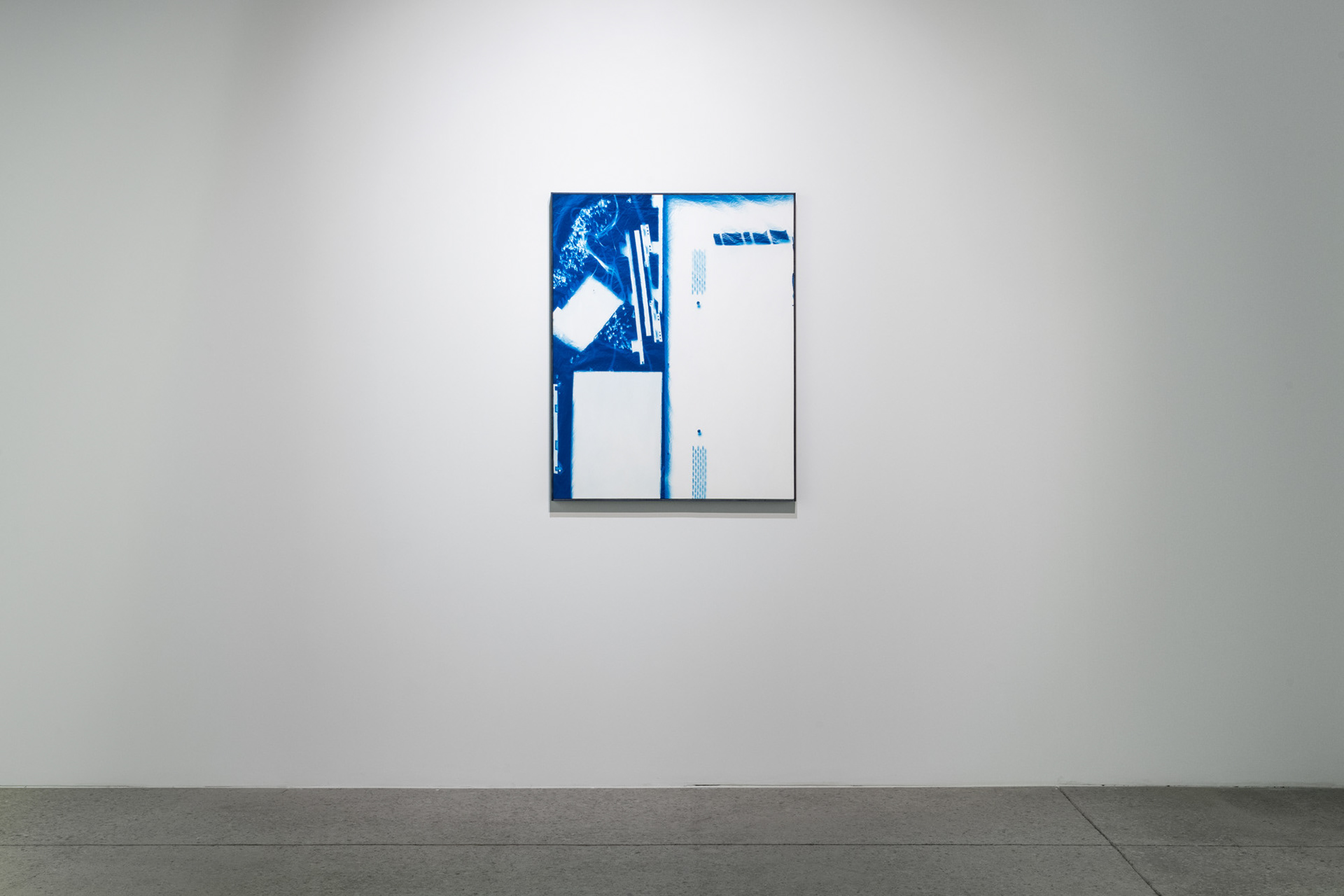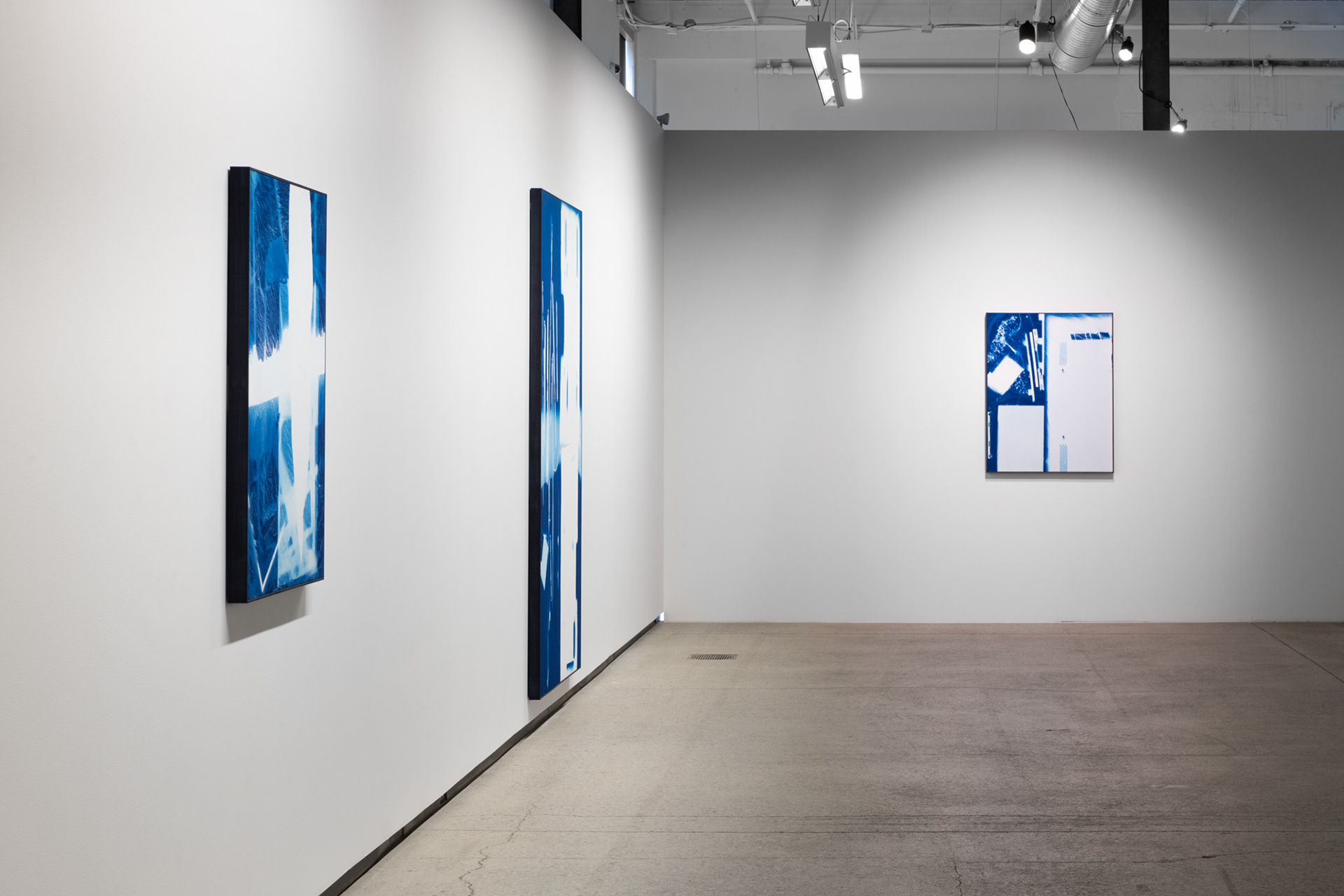Screen Fade, installation view.
Image by Paul Litherland
Mathieu Grenier’s new exhibition examines the apparatus of image-making, drawing unlikely parallels between cyanotypes, with their rudimentary single exposures, and contemporary screens, with their endless available content. The works explore the rapport that humans have with electronic displays, and reconfigures the relationship by focusing on the experience of forms and the physical implications of our interaction with these objects.
The pieces presented in "Screen Fade"* stem from Grenier’s residency at the NARS Foundation (Brooklyn, New York) in the fall of 2020, and from the discovery of a small TV repair shop a few blocks from his studio named Rafi’s TV. There, the artist sourced a series of discarded monitors, repurposing them into what would become the two bodies of work exhibited here: "The Monitors" and "Crystal Gazer".
In "The Monitors" series, Grenier continues his exploration of the cyanotype, an early photographic process characterized by images in a range of cyan blues. Cyanotypes were adopted by the pioneering Anna Atkins, widely considered to be the first female photographer, and whose groundbreaking image-making process changed the history of photography. Also known as a blueprint, this technique was used by architects who found in this method a more efficient way to copy architectural plans. While Atkins used the technique to illustrate and inventory botanical samples, Grenier has chosen to capture the debris of dismantled monitors. As a result of this process, organic elements – wrinkles that appear as trails in a landscape, and different shades of blue caused by the amount of light or wind during the exposure process – make subtle apparitions among the pieces of hardware, offering the viewer a sensorial experience whereby the objects dissolve into a meditation on form and texture. The screens that once projected an endless, luminous stream of data are immortalized here as static reflections.
For Grenier, the fact that we stare at artificial light sources directly, almost without pause, raises questions about our screen-addled brains. His concerns about the way our anatomies change while interacting with different devices deepen an inquiry into the physicality involved in the act of seeing - think slouched shoulders, potbelly, body aches and pains, headaches, etc.
“Memory loss” and “a blurred sense of identity” are just two of numerous symptoms legible on the frame that bisects the gallery space. The use of metal structures and benches in Grenier’s installation recalls his solo exhibition “Sans Filtre”, (Plein Sud, 2019), in which the frames, “emancipated” from the images, existed as individual sculptures that interacted as the viewer changed position. In Screen Fade, the metal frame exists as a viewfinder for the body, offering an architectural space to create new, anatomical relations with the works, while extending the boundaries of a visual language.
Alongside the frame and bench are the Crystal Gazer series. Also derived from the debris of monitors, these digital collages printed on LCD screens combine pixelated forms, computer windows, and black and white images belonging to a personal photographic archive Grenier has collected for several years. Among those images we recognize piles of old Blackberry smartphones, images of bones found in the grass, and even dead animals – all portraits of decay.
While the landscape that Grenier's work depicts here focuses on ways of seeing, it also speaks to a loss of vision. "Crystal Gazer #3" features descriptions of Eyestrain – a modern condition stemming from prolonged periods spent in front of screens or other displays with continuous light sources. The piece invites us to think about visual and technological consumption, presence and absence, blurred mental processes, fragmentation of information and experiences, and loss of perspective.
Though "Screen Fade" is a technical term used to describe a failing display, Grenier assigns it broader meaning, associating it with the passage of time, deterioration of our bodies, and the abrasive effect of our hyperconnected routines.
Grenier deconstructs and reconfigures these electronic displays and how we see them; he rescues formal aspects related to the architecture of the image, and traces parallels between the idea of collage as an unresolved element and today's fragmented experience of screen life.
*The term "Screen Fade" is used for describing the partial or total disfigurement of a CRT (cathode ray tube) computer display, often caused by the increasing, non-uniform use of the pixels. Paradoxically, this is called “image persistence” in LCD´s (liquid-crystal displays).
Images by Simon Belleau

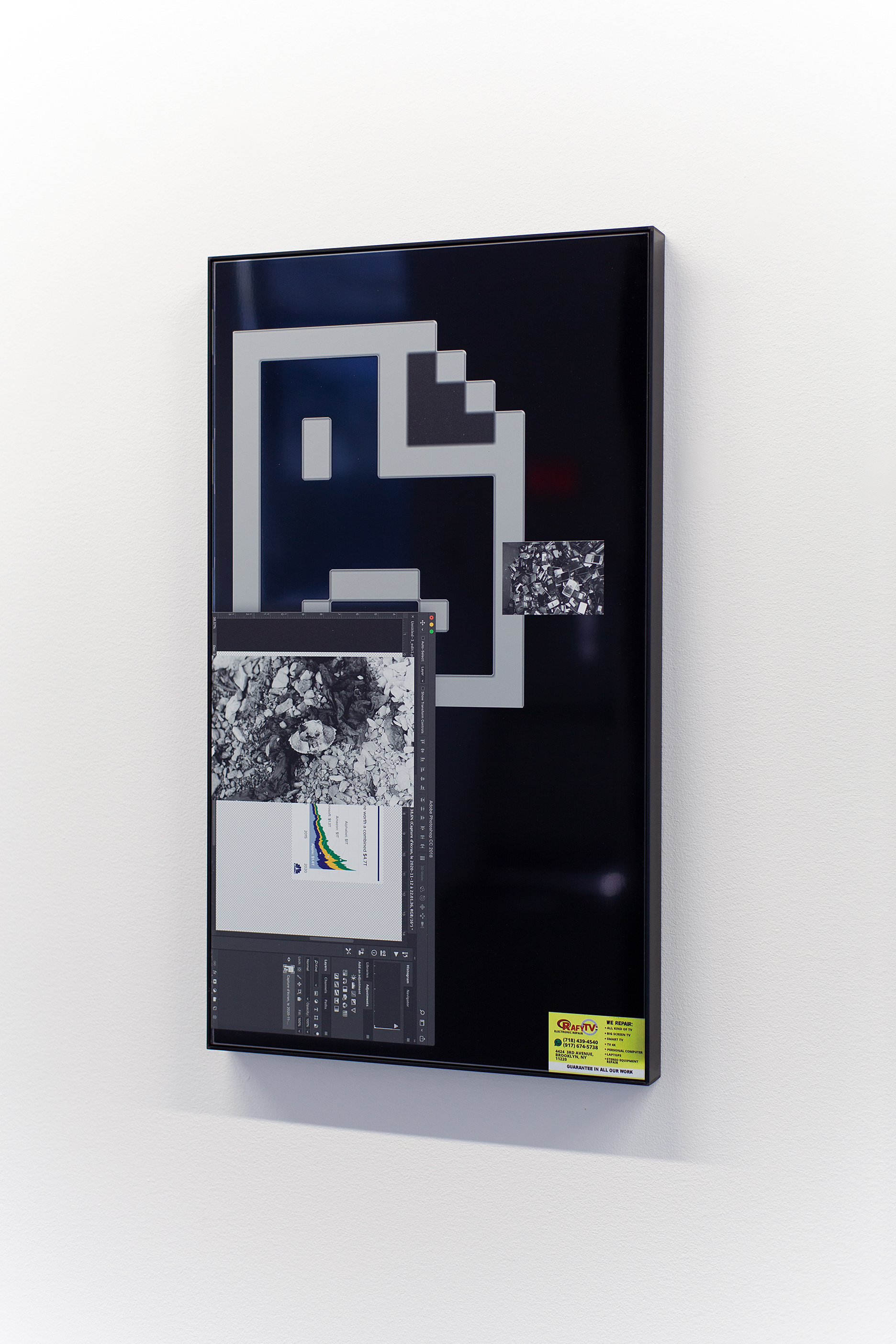
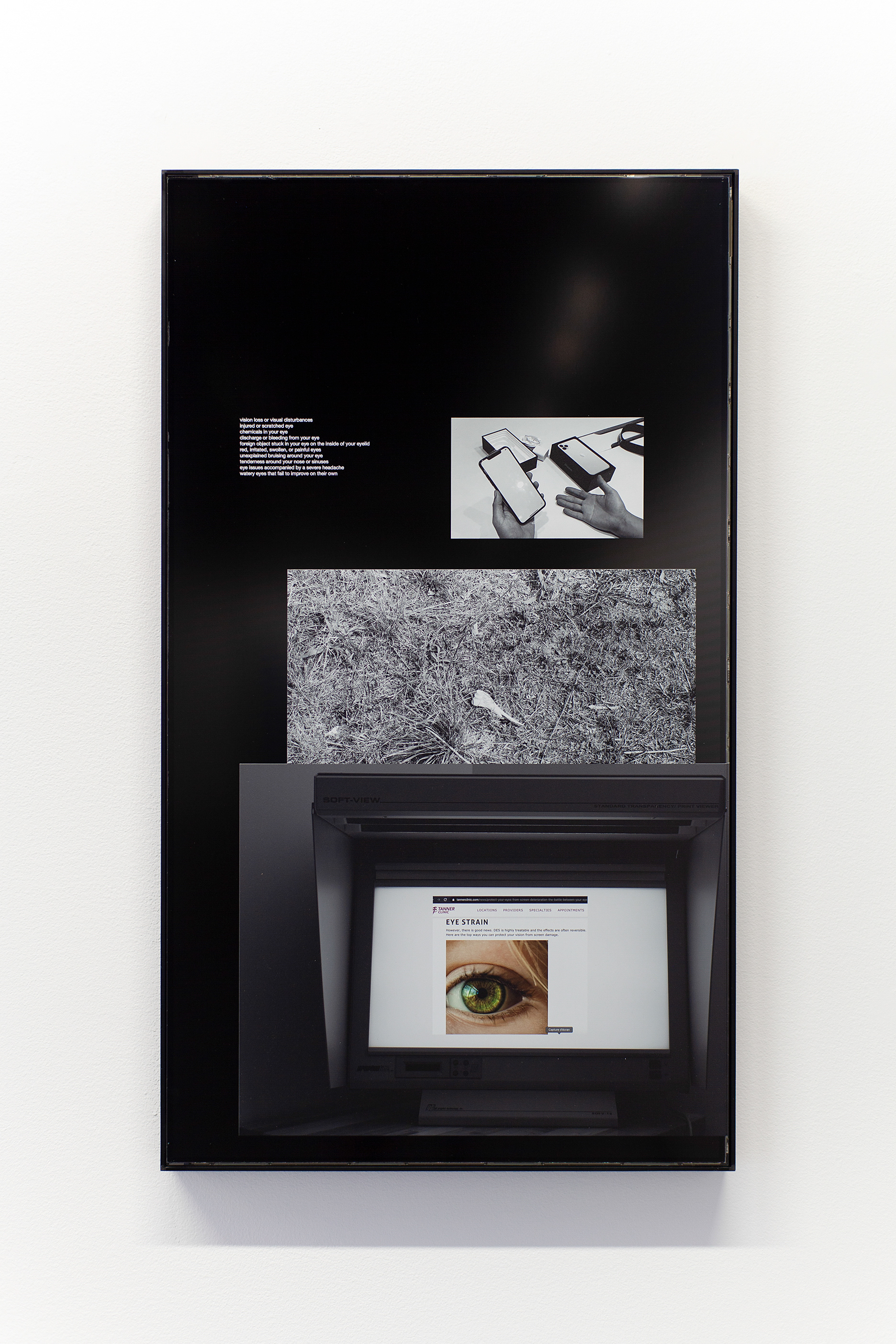
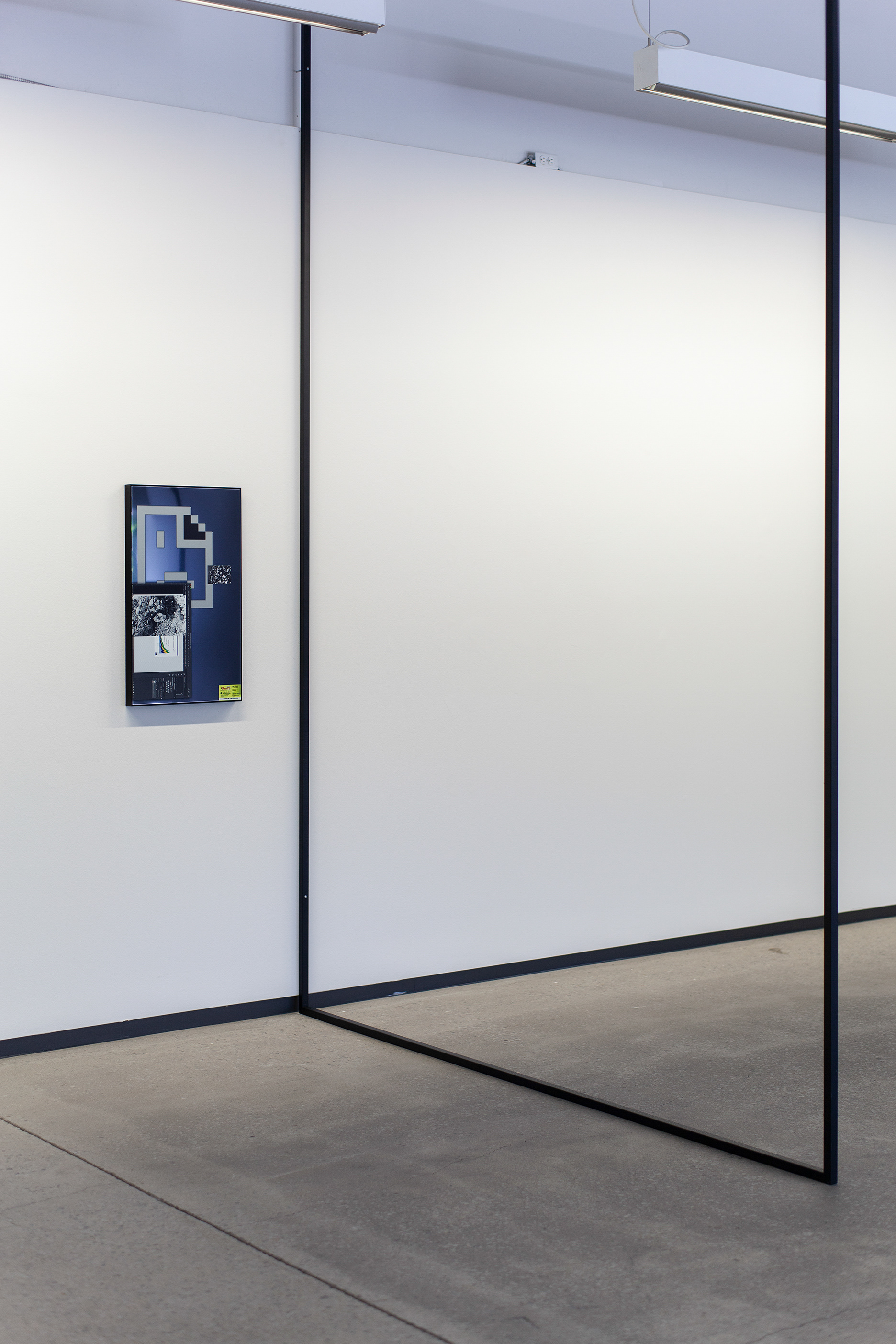
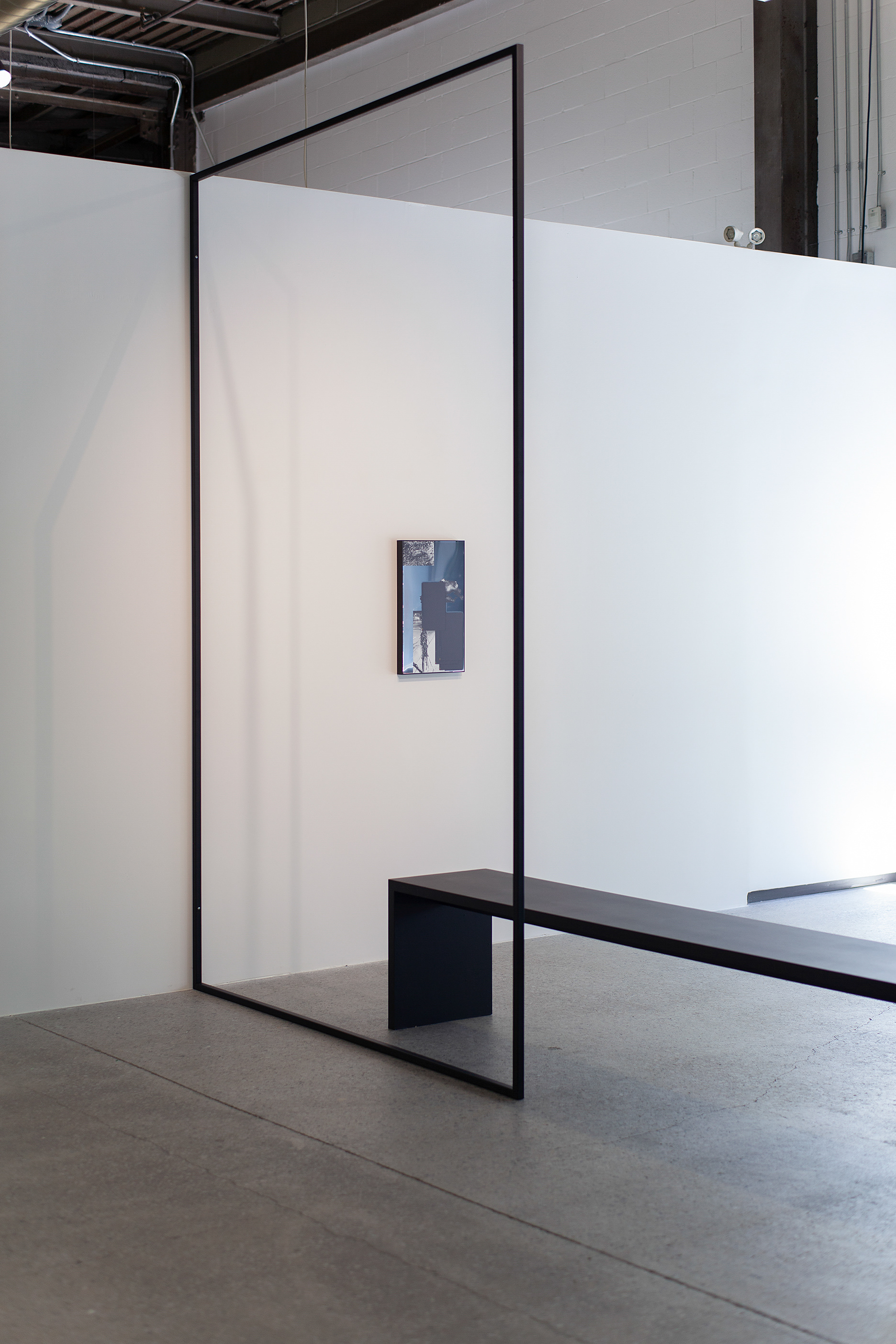
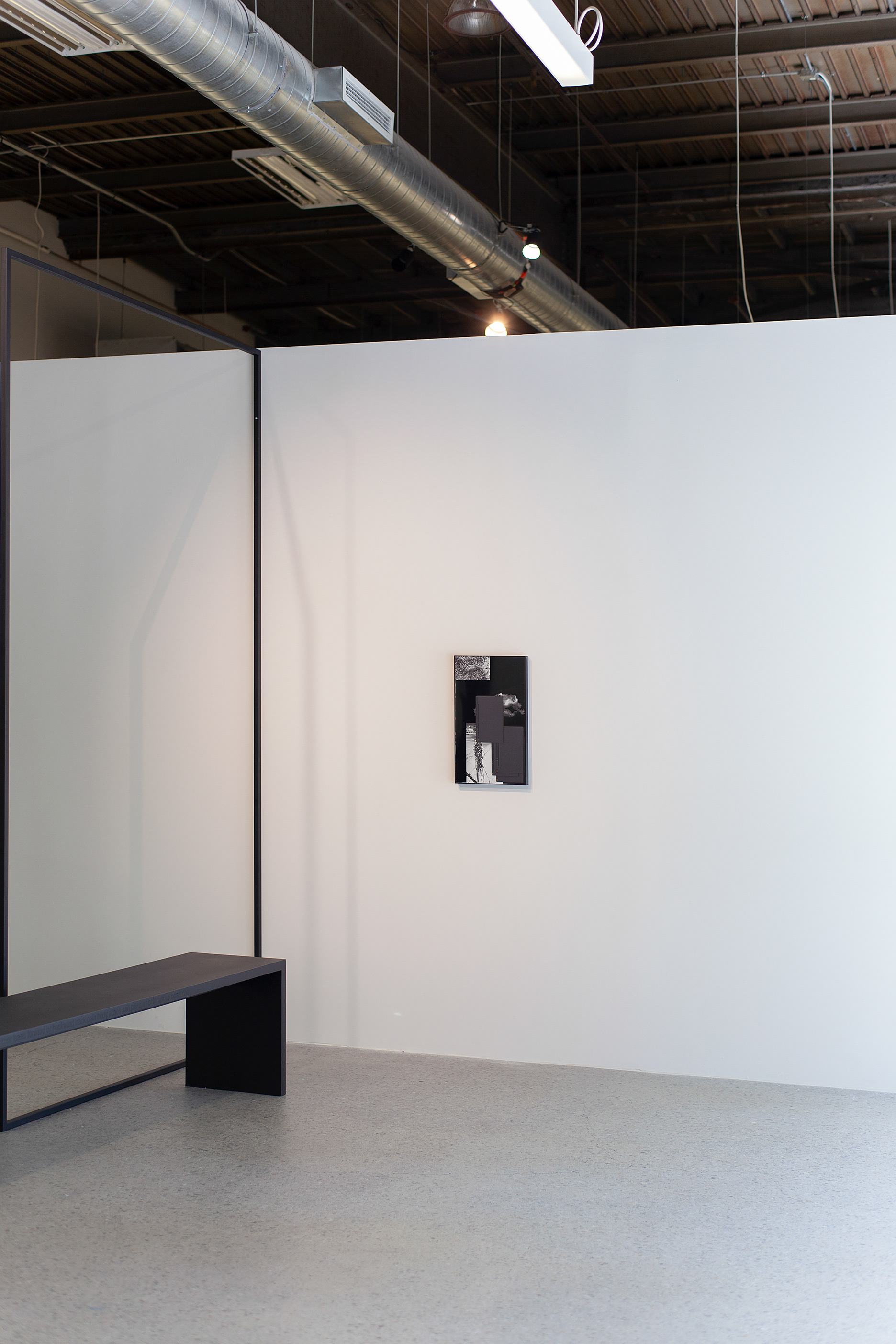
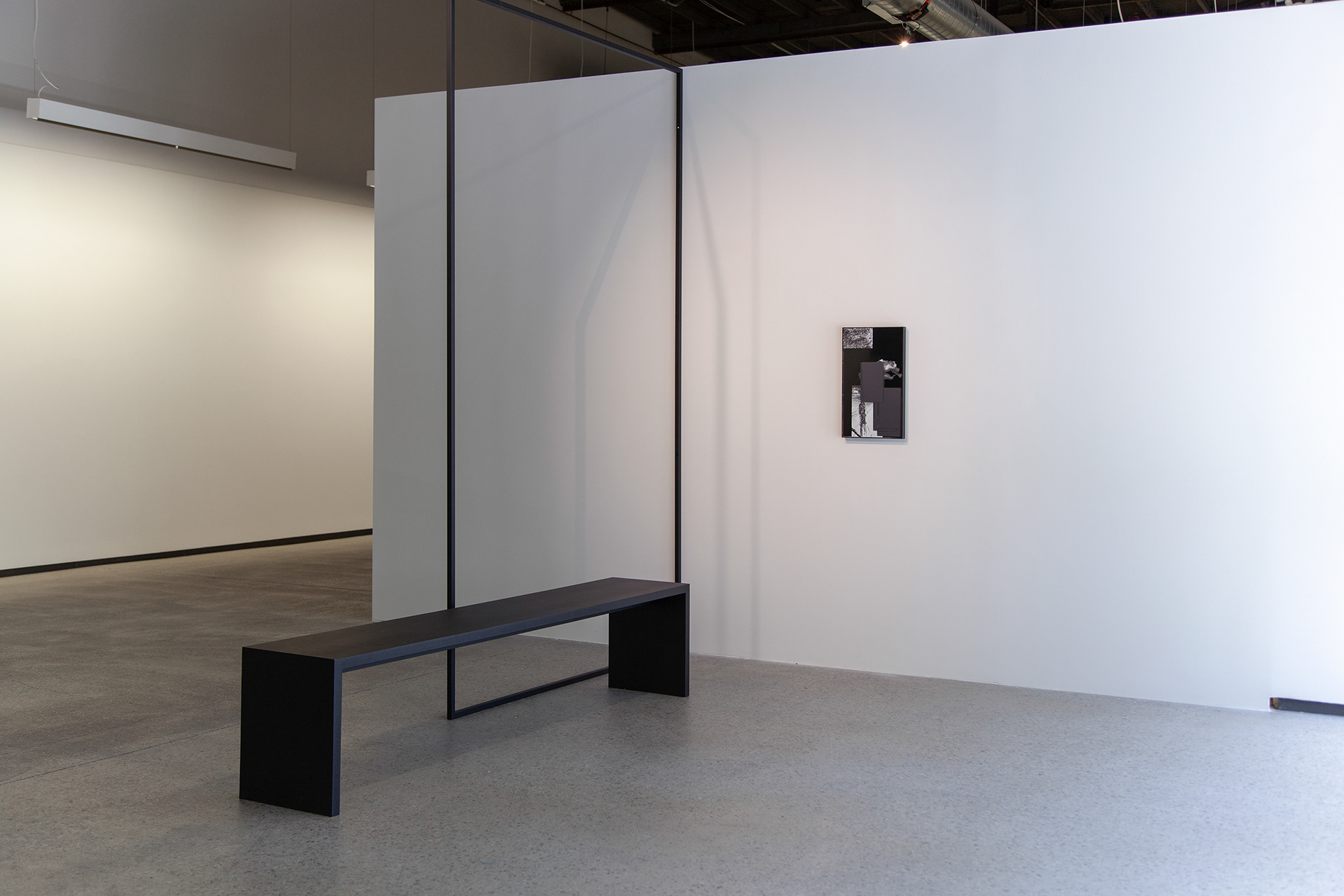
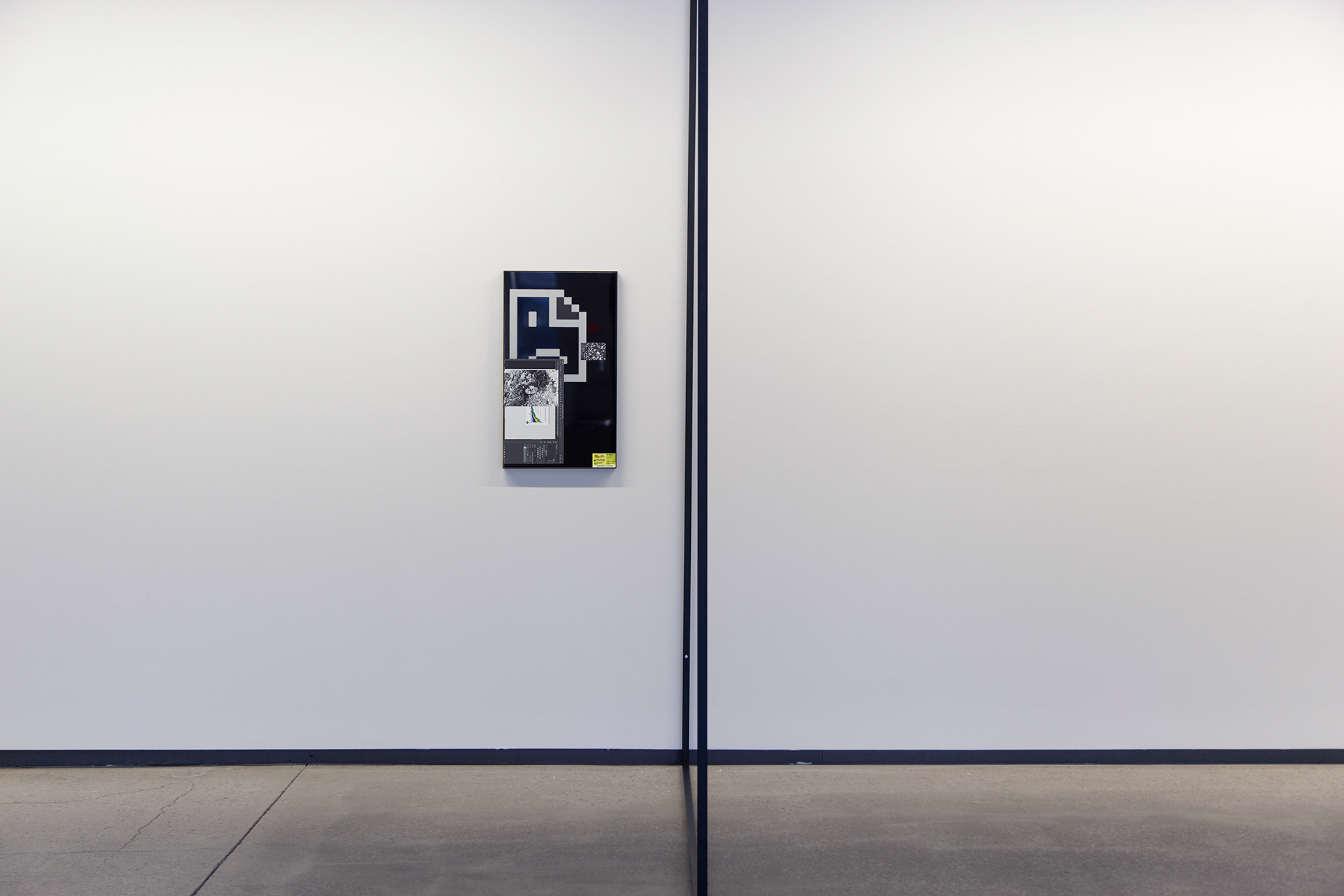


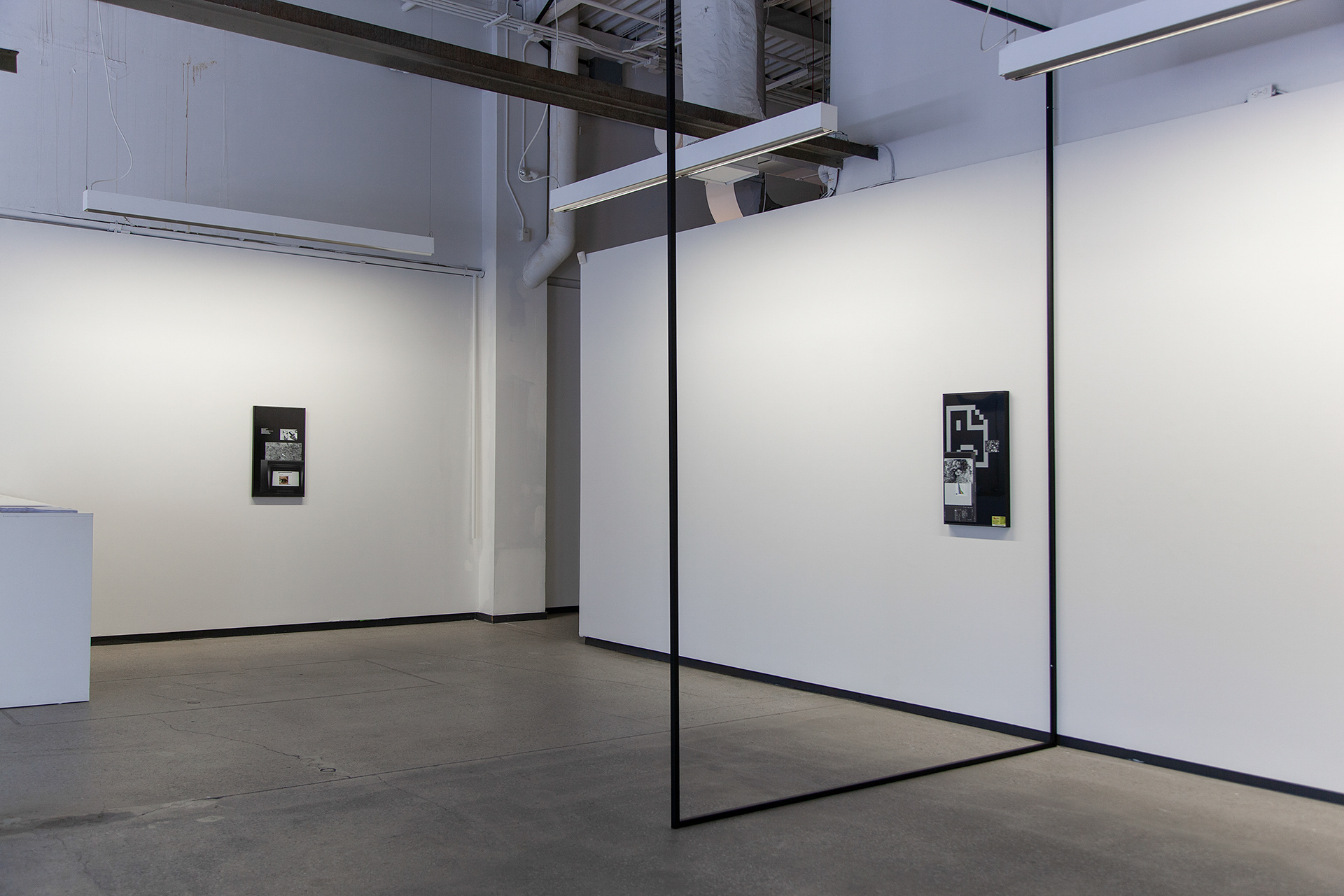

Images by Paul Litherland
